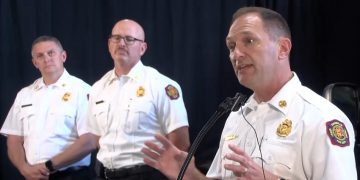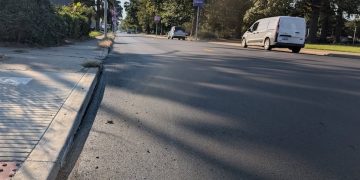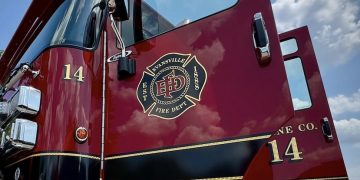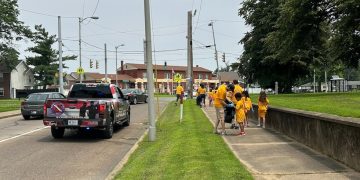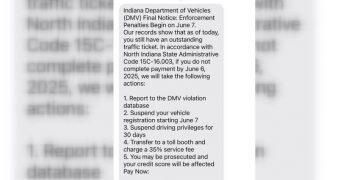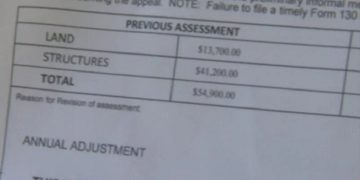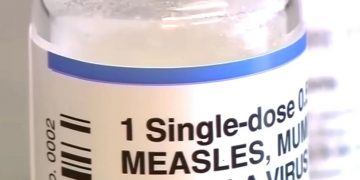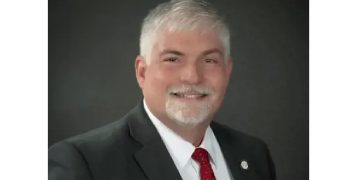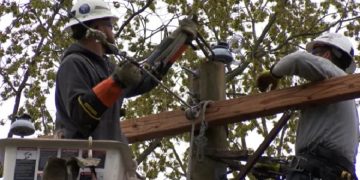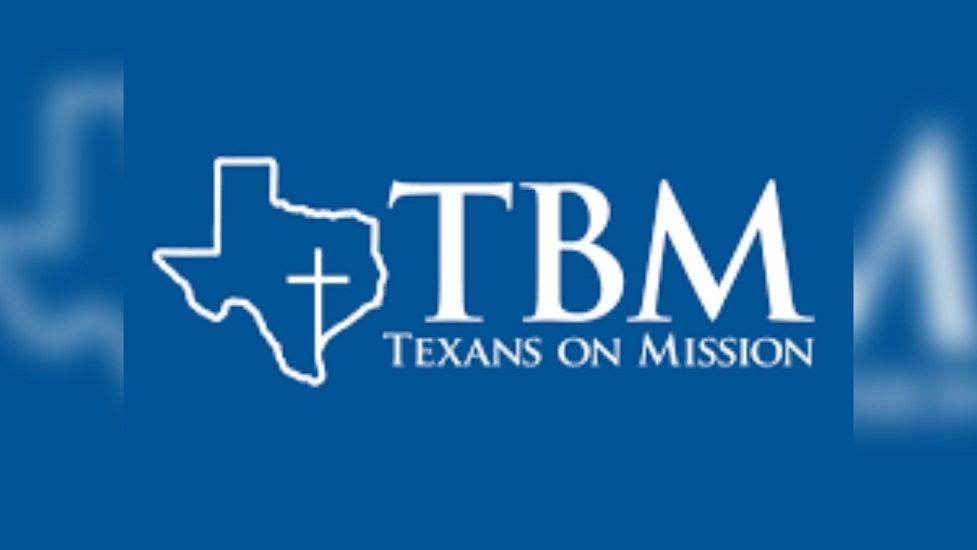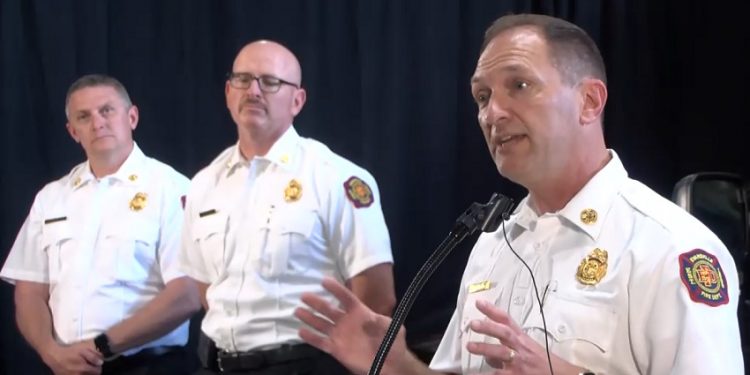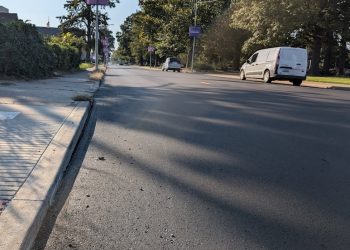Evansville, Ind. — The City of Evansville has announced that it will end its contract with American Medical Response (AMR) and transition emergency ambulance services to the Evansville Fire Department (EFD). This major change, which is set to take effect on July 1, 2026, was revealed at a press conference on Tuesday by Evansville Mayor Stephanie Terry, EFD Chief Tony Knight, and other city officials.
According to Chief Knight, the EFD will begin preparations in the coming months by procuring ambulances, hiring new personnel, and acquiring the necessary equipment to run the service. The transition is expected to cost the city approximately $7 million for the initial startup, including the purchase of ambulances and minor modifications to existing fire stations that will house the new vehicles.
“We just feel that with the integration of the EMS system into the current fire service, it offers us an opportunity to offer the best service available to the citizens for the tax dollars that they’re paying this fire department to operate,” Chief Knight stated.
The new service will require the addition of 47 new staff members to fully operate the program. While the startup cost is substantial, city officials believe that the investment will pay off quickly. Once the ambulance service is operational, the city predicts that it will recoup the $7 million within 2.5 years. Furthermore, the city expects to generate annual revenues of $3.5 to $4 million starting in 2028, which will be directed into the city’s general fund to support other municipal services, such as road maintenance, housing, and parks.
In addition to the financial benefits, residents of Evansville will also see a significant reduction in the cost of ambulance services. City officials estimate that the cost of an ambulance ride will drop by approximately 20% under the new system.
This change will only impact the City of Evansville, as Vanderburgh County has its own separate contract with AMR. However, the move is expected to be a major shift in how emergency medical services are provided within the city, with officials confident that the EFD can offer a more cost-effective and efficient service for local residents.
By 2028, the city expects to have a projected annual surplus of $3.5 million from the ambulance service, which will provide additional financial relief for other critical city needs.
